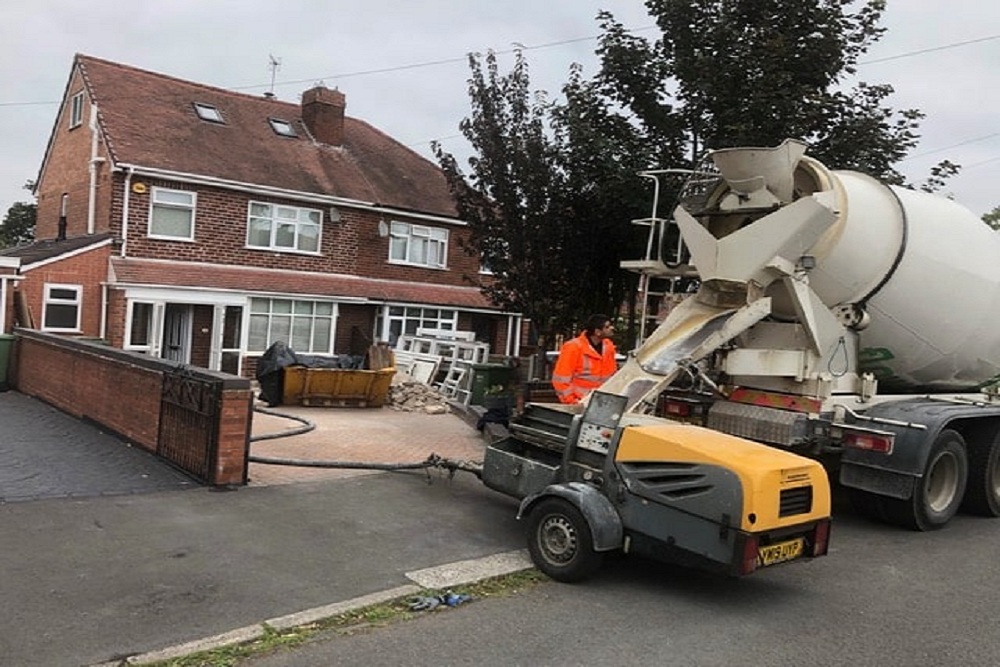New builders, contractors or DIY home improvement enthusiasts have several queries regarding screed, and the drying process is one of the big questions. Well, there is no straightforward answer, so we need to break it down.
Depending on the type of screed and a few other conditions, the drying time has to be determined. Lastly, the skills of the installers will play a vital role.
Different kinds of screed:
Most projects use either traditional screed or liquid screed. The first sort is a mixture of cement and sand. It usually takes 24 to 48 hours to completely dry before any other work can be done on the floor. Due to cost, time, and other factors, today, most installers prefer liquid screed. It comprises fine aggregate materials. The flowy consistency is easy to handle and allows faster application. Liquid screed can take between 6 to 48 hours to set. It also expedites the project’s progress so contractors can start other installations like the underfloor heating system.
Factors affecting the screed drying time:
To correctly understand how long does a screed take to dry, one must first understand the forces that affect the drying time. Let’s take a quick look at some vital factors:
- The climate, humidity levels and temperature are the key elements. Higher temperature or dry climate conditions result in quicker drying. However, high humid conditions slow down the drying process.
- Thickness of the screed can also increase the drying time. Thicker spreads take more time to dry than thinner ones. However, this thickness will depend on the project and is factored in while deciding the timeline.
- Moisture level in the screed mix can vary the time it takes to dry the screed. The screed must be completely dry before installing other flooring materials. Builders should also adhere to specific guidelines before setting underfloor heating systems to prevent the screed from cracking.
Can you expedite the drying process?
Yes, you can fasten the screed drying time using fans or industrial heaters. But you must be careful because quick drying can leave cracks on the surface. If the room has adequate ventilation, you can also open the windows to reduce the moisture content in the mixture.
Have more questions about screeds for underfloor heating? Are you looking to hire a liquid screed pump? Talk to our experts today and get your quote.








